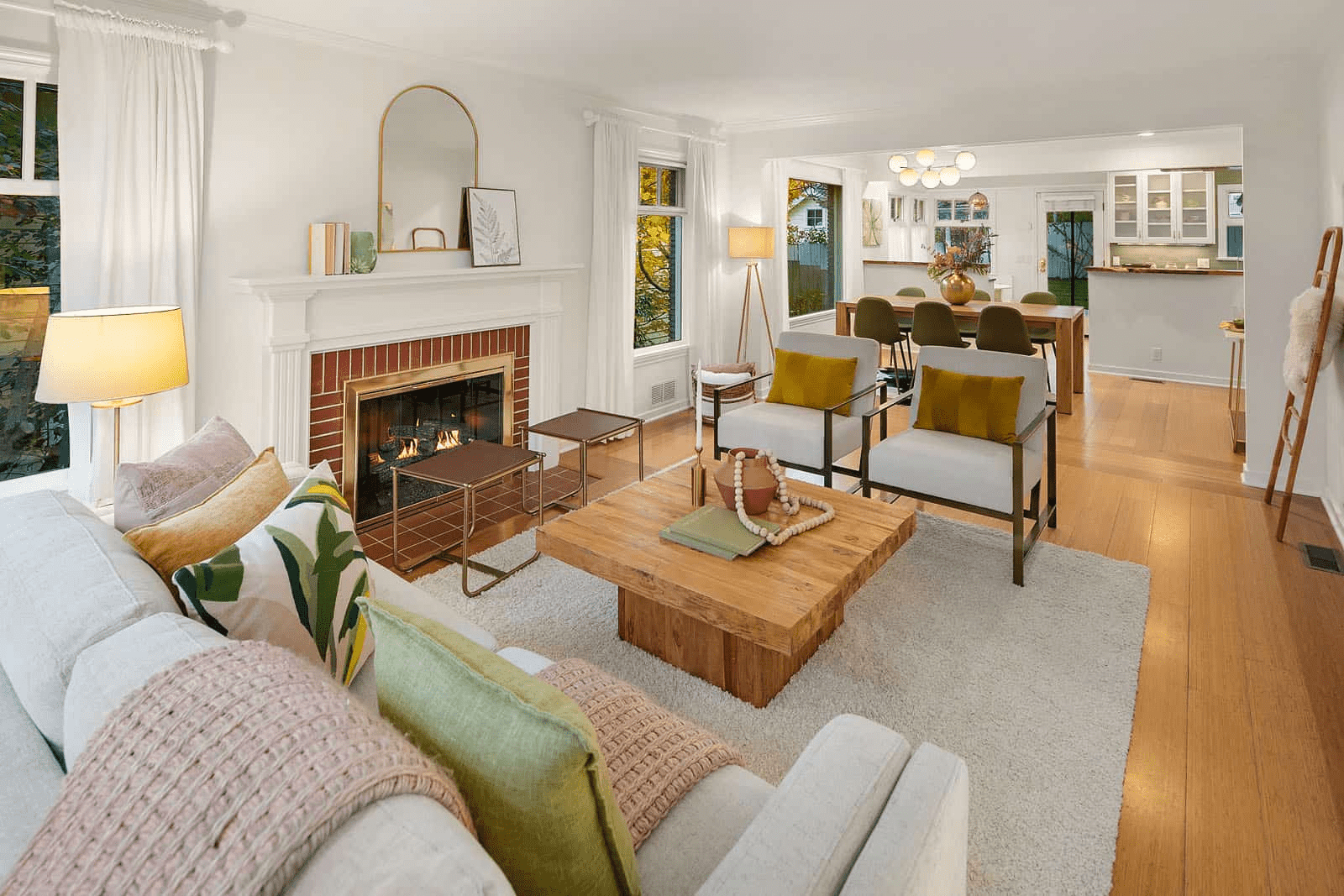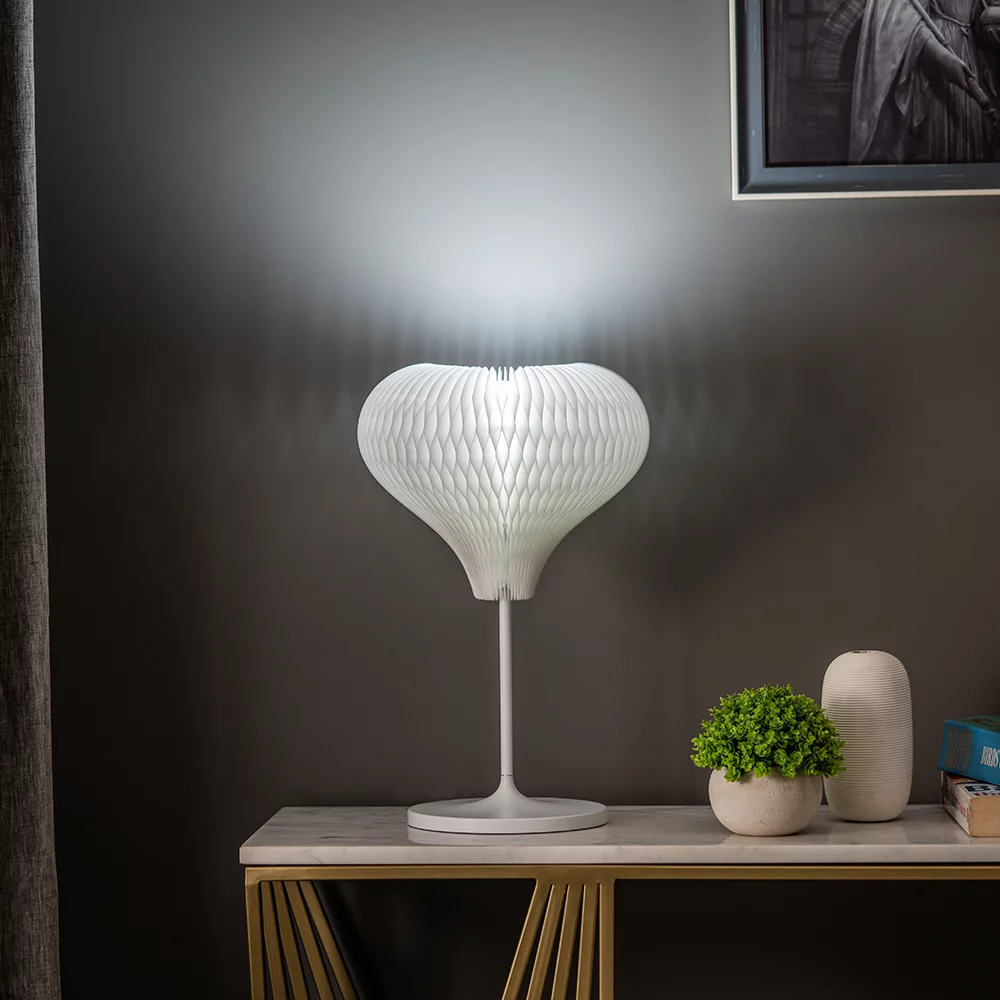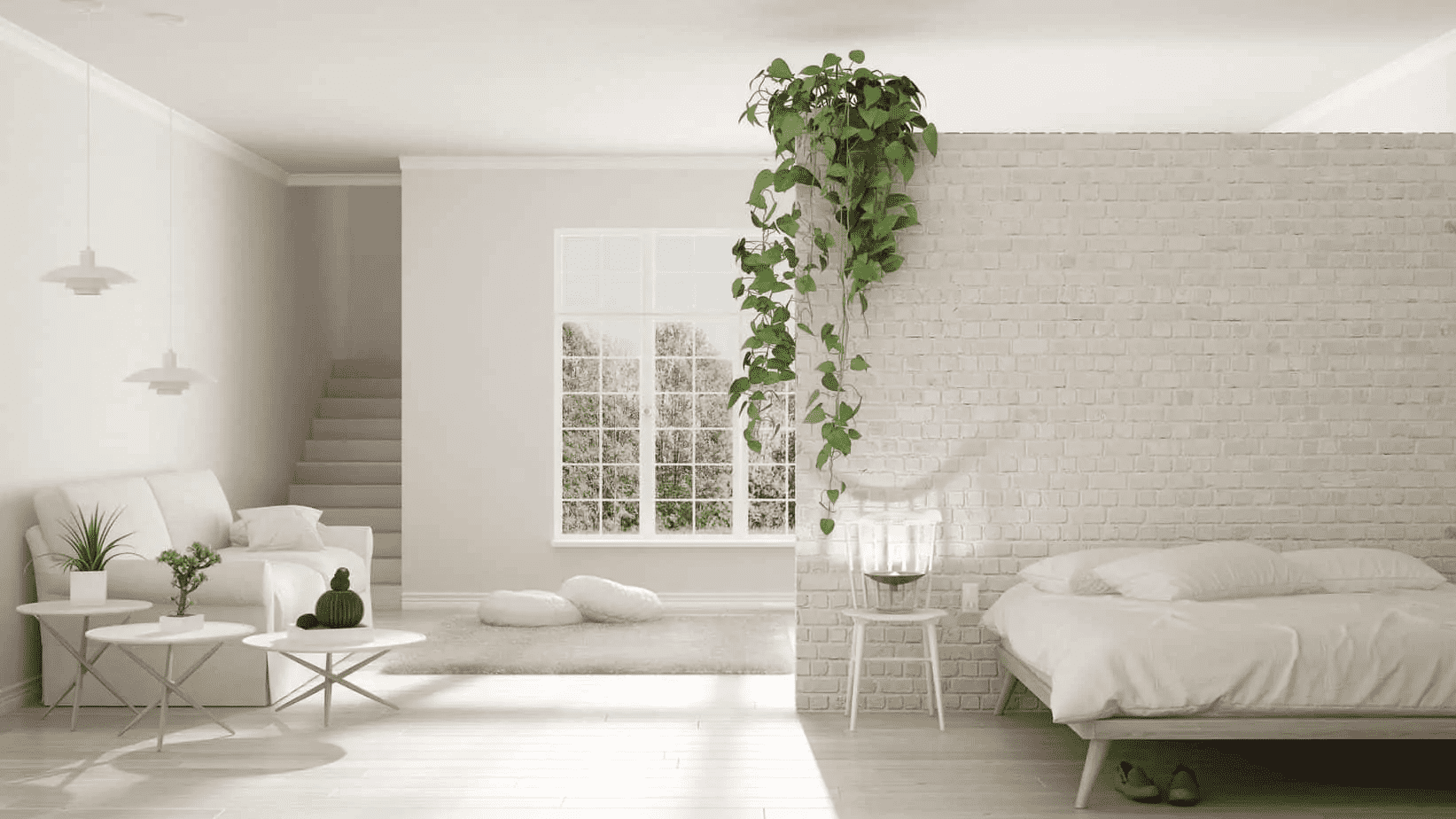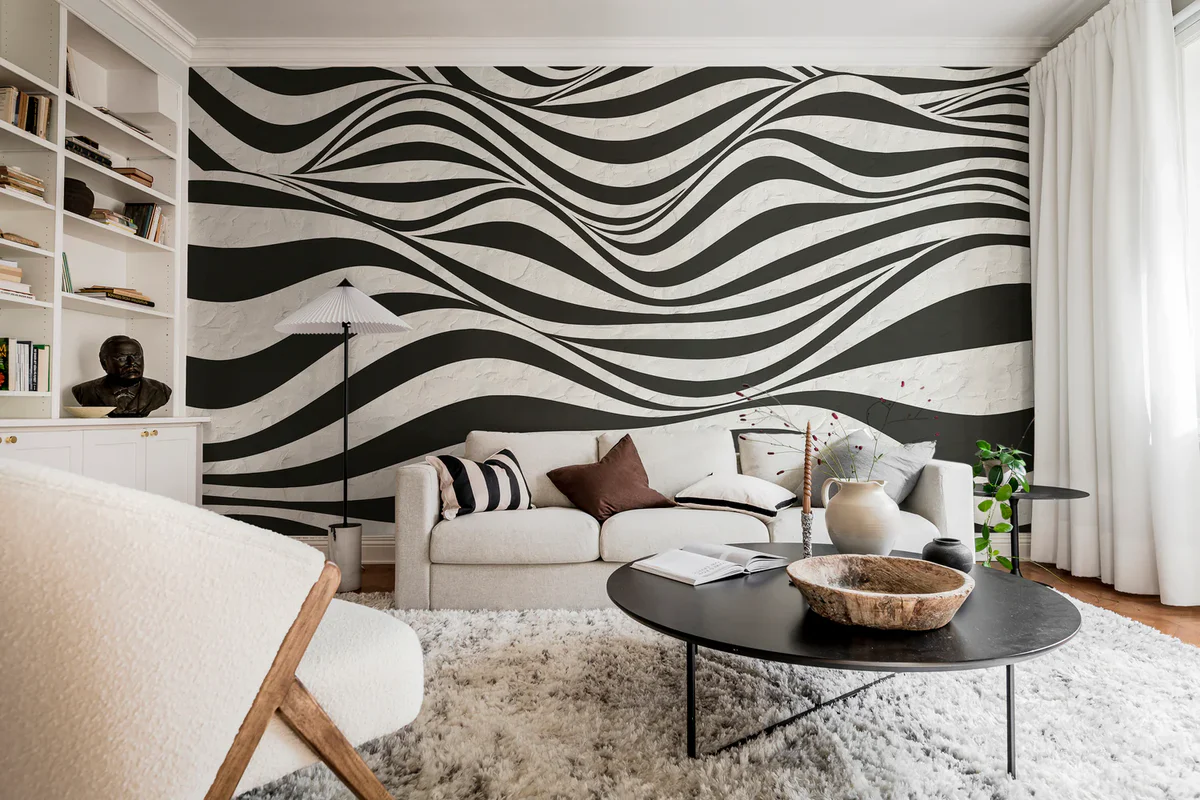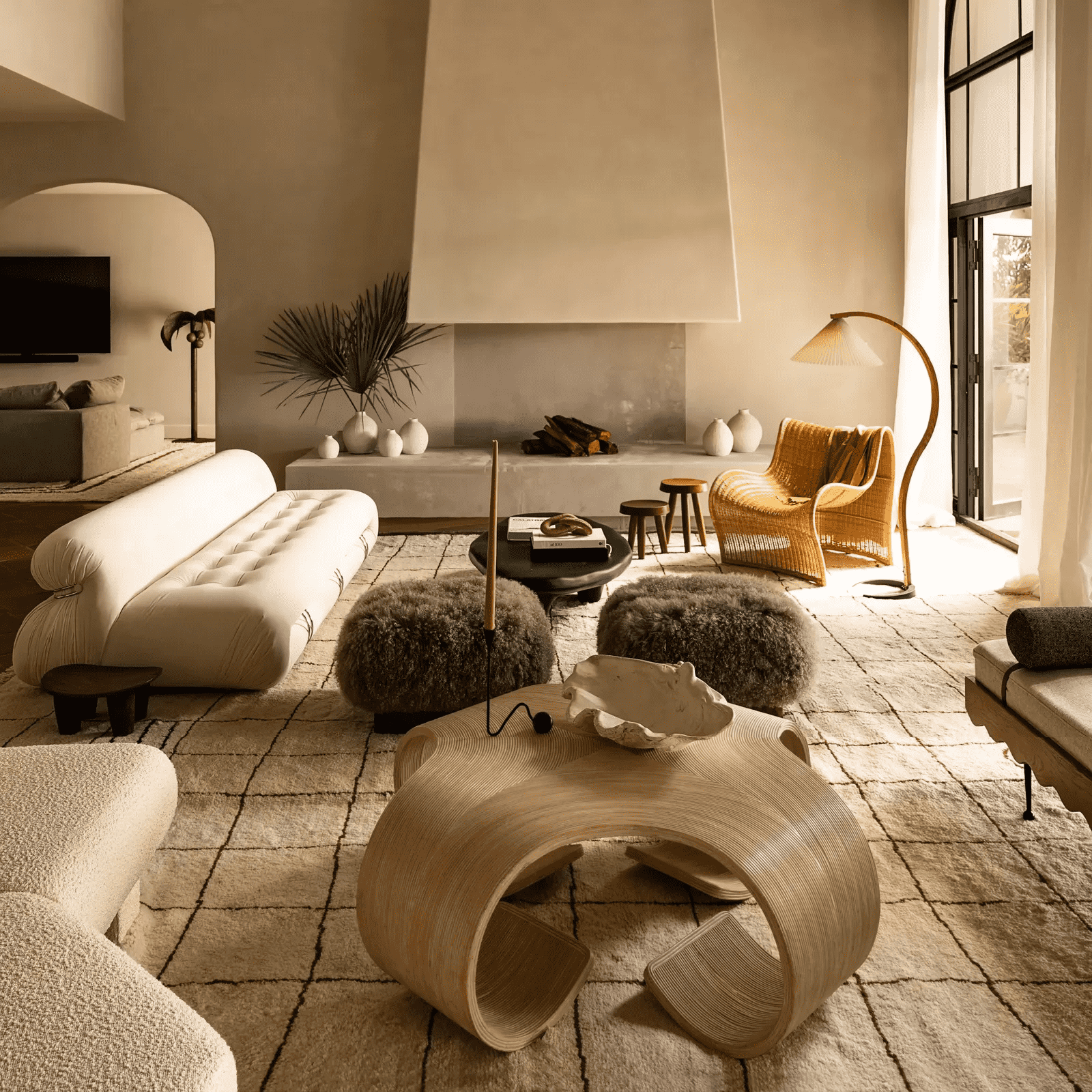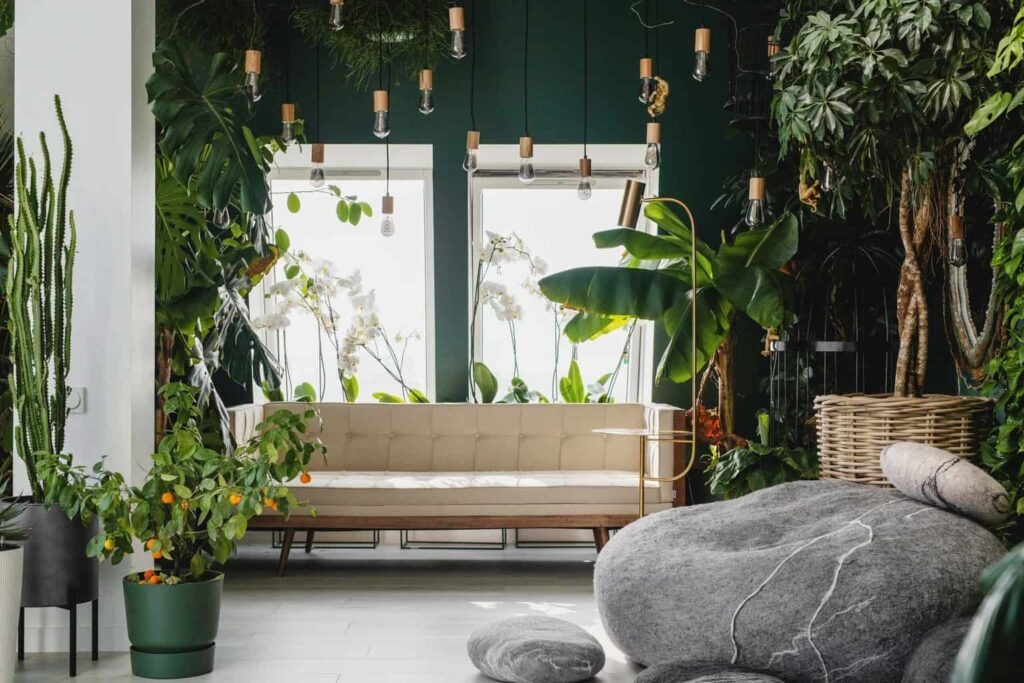
In 2025, as urban landscapes continue to expand and our lives become increasingly digitized, the human need for connection with nature remains a fundamental aspect of well-being. Biophilic design, the practice of incorporating natural elements into our built environments, offers a powerful way to bridge this gap. By strategically integrating aspects of the natural world – from natural light and ventilation to plants and natural materials – into our homes and workplaces, we can create spaces that are not only aesthetically pleasing but also promote physical and mental health. This guide will explore various biophilic design ideas applicable to every room, providing practical tips and considerations for creating your own indoor oasis.
Biophilic design is more than just adding a few plants to a room; it's about creating a holistic environment that fosters a deep connection with nature. It addresses our innate human need to connect with the natural world, a concept known as biophilia. This connection can reduce stress, improve cognitive function, and enhance overall well-being. Let's explore how to implement biophilic design principles in different areas of your home.
Practical Guidance: Implementing Biophilic Design Room by Room
Living Room: The Heart of Nature
The living room, often the most social space in the home, is an excellent place to showcase biophilic design. Consider these ideas:
- Natural Light Maximization: Optimize natural light by using sheer curtains and mirrors to reflect light deeper into the room. Ensure windows are clean to allow maximum sunlight penetration.
- Indoor Plants: Incorporate a variety of plants, from small succulents to larger statement plants like fiddle-leaf figs or snake plants. Varying the textures and heights of the plants creates visual interest. You can explore options such as a living wall, a vertical garden, or hanging planters.
- Natural Materials: Choose furniture and décor made from natural materials such as wood, bamboo, rattan, and stone. Opt for organic cotton or linen fabrics for upholstery and curtains. A wooden coffee table, a bamboo bookshelf, or a stone fireplace surround can add a touch of nature.
- Nature-Inspired Art: Hang artwork depicting landscapes, botanical illustrations, or abstract representations of nature.
- Water Feature: If space allows, consider adding a small indoor fountain or aquarium. The sound of flowing water can be incredibly calming.
Bedroom: A Sanctuary of Serenity
The bedroom should be a calming and restorative space. Here's how to incorporate biophilic elements:
- Color Palette: Choose calming colors inspired by nature, such as greens, blues, and browns.
- Natural Bedding: Use organic cotton or linen bedding, which are breathable and comfortable.
- Plants for Air Purification: Include plants known for their air-purifying qualities, such as spider plants, peace lilies, or lavender.
- Wooden Furniture: Opt for a wooden bed frame and nightstands.
- Sound of Nature: Use a sound machine that plays nature sounds like rain, birdsong, or ocean waves.
Kitchen: A Culinary Connection with Nature
The kitchen can also benefit from biophilic design:
- Herb Garden: Grow herbs in pots on a windowsill or countertop. This not only adds a touch of green but also provides fresh ingredients for cooking.
- Natural Light: Maximize natural light through windows and skylights.
- Wooden Accents: Use wooden cutting boards, utensils, and bowls.
- Natural Stone Countertops: Consider countertops made from natural stone like granite or marble.
- Living Wall: A small living wall can thrive in a kitchen setting with proper light and watering systems.
Bathroom: A Spa-Like Retreat
Transform your bathroom into a relaxing spa-like retreat with these biophilic design ideas:
- Plants that Thrive in Humidity: Choose plants that thrive in humid environments, such as ferns, orchids, or bamboo.
- Natural Stone Tiles: Use natural stone tiles on the floor and walls.
- Wooden Accents: Add wooden shelves, a wooden bathmat, or a wooden stool.
- Natural Light: Maximize natural light through windows or skylights. If natural light is limited, consider using full-spectrum light bulbs.
- Water Feature: A small water feature can enhance the relaxing atmosphere.
Home Office: Boosting Productivity with Nature
In the modern home office, biophilic design can increase productivity and well-being:
- View of Nature: Position your desk near a window with a view of nature, if possible.
- Indoor Plants: Add plants to your desk or shelves to improve air quality and reduce stress.
- Natural Light: Maximize natural light and use full-spectrum light bulbs to mimic natural daylight.
- Wooden Desk and Chair: Opt for a wooden desk and chair for a natural and ergonomic workspace.
- Natural Textures: Incorporate natural textures like cork, bamboo, or jute into your office décor.
Long-Term Considerations: Maintenance and Sustainability
Implementing biophilic design is a long-term commitment that requires careful planning and maintenance. Consider these factors:
Plant Care
Different plants have different needs in terms of light, water, and humidity. Research the specific requirements of each plant you choose and develop a watering schedule. Regularly prune and fertilize your plants to keep them healthy. Consider using self-watering planters or hiring a plant care service if you have a busy lifestyle.
Material Sourcing
When choosing natural materials, prioritize sustainability. Look for wood that is certified by the Forest Stewardship Council (FSC), which ensures that it comes from responsibly managed forests. Choose fabrics made from organic cotton or linen, which are grown without harmful pesticides. Consider using reclaimed or recycled materials whenever possible.
Water Management
If you incorporate water features, be mindful of water usage. Choose energy-efficient pumps and consider using recycled water. Regularly clean your water features to prevent algae growth and maintain water quality.
Light Levels
Ensure adequate light for your plants, supplementing with grow lights if necessary. Position plants appropriately, taking into account their light requirements.
Pest Control
Be vigilant about pests and diseases. Use natural pest control methods such as neem oil or insecticidal soap. Isolate any infected plants to prevent the spread of pests or diseases to other plants.
Cost Analysis
The initial cost of implementing biophilic design can vary depending on the scope of the project. Plants, natural materials, and water features can be significant investments. However, the long-term benefits of biophilic design, such as improved health and productivity, can outweigh the initial costs. Consider creating a budget and prioritizing the elements that are most important to you.
Here's a table illustrating potential costs associated with different biophilic design elements:
| Biophilic Design Element | Estimated Cost (USD) | Maintenance | Sustainability Considerations |
|---|---|---|---|
| Indoor Plants (Small) | $10 - $50 per plant | Watering, fertilizing, pruning | Source from local nurseries, choose native species |
| Indoor Plants (Large) | $50 - $500 per plant | Watering, fertilizing, pruning, repotting | Consider plant size and lighting needs |
| Living Wall | $500 - $5000+ per square meter | Watering system maintenance, plant care | Choose recycled materials for the frame, efficient watering systems |
| Natural Wood Furniture | $100 - $5000+ per piece | Cleaning, polishing | FSC-certified wood, reclaimed wood |
| Natural Stone Countertops | $50 - $200+ per square foot | Sealing, cleaning | Source locally to reduce transportation emissions |
| Indoor Water Feature | $50 - $1000+ | Cleaning, water replacement, pump maintenance | Energy-efficient pump, use recycled water |
FAQ: Common Questions About Biophilic Design
- What are the main benefits of biophilic design?
Biophilic design can reduce stress, improve cognitive function, enhance creativity, and promote overall well-being. It creates more comfortable and inviting spaces. - Is biophilic design expensive?
The cost of biophilic design can vary depending on the scale of the project and the materials used. You can start with small, affordable changes like adding plants and gradually incorporate more complex elements. - How do I choose the right plants for my indoor space?
Consider the amount of natural light, humidity levels, and temperature in your space. Choose plants that thrive in those conditions. Research the specific needs of each plant before you buy it. - Can biophilic design be implemented in a small apartment?
Yes, biophilic design can be implemented in any space, regardless of size. Focus on maximizing natural light, adding a few key plants, and using natural materials. - How can I ensure that my biophilic design is sustainable?
Choose sustainable materials, source plants from local nurseries, use water-efficient systems, and prioritize energy-efficient lighting.
Disclaimer: This information is for informational purposes only and should not be considered professional advice. Consult with qualified professionals for specific design and horticultural needs.
Sources
- Terrapin Bright Green. (2014). 14 Patterns of Biophilic Design.
- Browning, W. D., Ryan, C. O., & Clancy, J. O. (2014). 14 Patterns of Biophilic Design: Improving Health & Well-Being in the Built Environment.
- Kellert, S. R., Heerwagen, J., & Mador, M. (2008). Biophilic Design: The Theory, Science, and Practice of Bringing Buildings to Life. John Wiley & Sons.
Biophilic design offers a powerful approach to creating healthier, happier, and more productive indoor environments. By strategically incorporating natural elements into every room, you can foster a deeper connection with nature and reap the numerous benefits of biophilic design. Remember to consider plant care, sustainable material sourcing, and water management for a long-lasting and environmentally responsible design. Begin with simple changes and gradually expand your biophilic design to create your own personal oasis.
